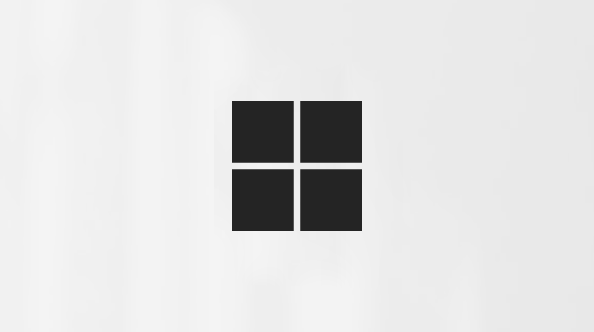In this article:
Optimize your virtual desktop experience
Additional troubleshooting steps
Allow Teams to access your microphone and speaker
Update your Remote Desktop client
Learn more about Teams for Virtual Desktop
Optimize your virtual desktop experience
If Teams can't connect to your physical device while you're using a virtual desktop, you’ll see a message saying Not optimized in the top right corner. In this state, your audio and video might sound choppy or robotic.
Select the message to open a menu. Choose Restart Teams to optimize.
If you're still not optimized after restarting, hover over the Not optimized banner. You'll see a message like this:
Provide the error code to your IT Help Desk to troubleshoot based on the code and this table.
Still not optimized? Try these steps:
Some errors are caused by missing software on your physical device. If you see Error code 2000 it means your device is lacking a Plugin.Follow these steps for Citrix-based virtual desktops:
-
Quit Teams and disconnect from the Citrix virtual desktop
-
Install the plugin on your physical device (not on your virtual desktop) using this link.
-
Relaunch your virtual desktop and open Teams. Wait 30 seconds, and restart Teams again.
Follow these steps for Azure Virtual desktops or Windows 365:
-
Make sure your Remote Desktop or Windows app client is up to date.
Allow Teams to access your microphone and speaker
Once you are optimized and ready to join a meeting or event, you might see a notification asking you to grant Teams permission to access your microphone and/or speaker.
To fix this:
-
On your Windows device (not your virtual desktop), go to Settings > Privacy and security > Microphone.
-
Look for Microsoft Teams VDI, and turn on the toggle next to it to let Teams access your microphone.
-
To allow camera access, go Settings > Privacy and security > Camera on your Windows device and follow the steps above.
Update your Remote Desktop client
If you see one of these two messages, update the Remote Desktop client on your physical device (not the virtual desktop):
-
"Remote Desktop Client needs an update."
-
"Your Remote Desktop client is no longer supported with Microsoft Teams."
To get the best Microsoft Teams experience in your virtual desktop, upgrade to the latest Remote Desktop or migrate to the new Windows app instead for a consistent, reliable, and modern experience for all devices, enabling secure access from any location.
Whether you need to connect to Windows 365, Azure Virtual Desktop, Remote Desktop, Remote Desktop Services, or Microsoft Dev Box, the Windows app simplifies the process, allowing you to manage and utilize these resources from a single, intuitive app.
Download the Windows app from the Microsoft Store (recommended), or through this direct link.
Learn more about Teams for Virtual Desktop
Microsoft Teams for Virtual Desktops brings HD video, audio, content sharing, and rich collaborative Teams experiences to your desktop or application virtualization solution (Azure Virtual Desktops or Windows 365, Citrix and Omnissa) by redirecting it to your physical device.
Here are some things you'll find redirected in Teams:
-
Camera(s), microphone(s), and speaker(s) connected to your physical device run on your virtual desktop.
-
When you screenshare, one or more of your external displays aree available. You can choose which one to share.
-
Your physical location can be relayed to Teams (if your Admin set this). This means that even though your virtual desktop might be running from across the globe, Teams can understand your real location.
All these redirections are called Optimization. The Status Indicator in Teams shows your optimization mode. When Teams is working properly, you'll see the word Optimized on the top left of your Teams window. This lets you know all your devices and peripherals are available to Teams and your video will have a high-definition user experience.
If you hover over the word Optimized, you’ll see more information about the technology being used by Teams: either AVD media optimized (our legacy technology), or AVD SlimCore media optimized, which is the most up to date mode with the broadest set of features.












